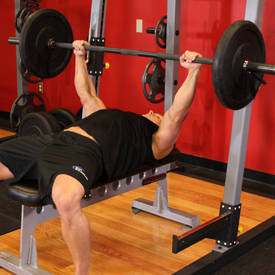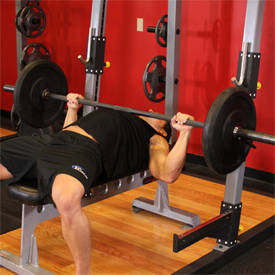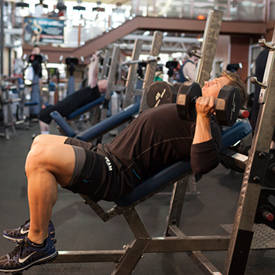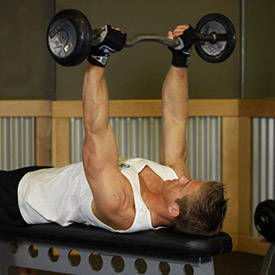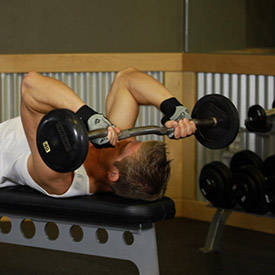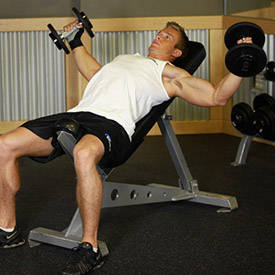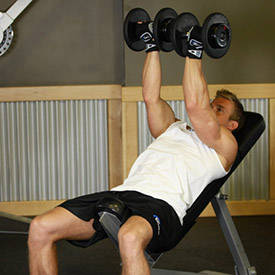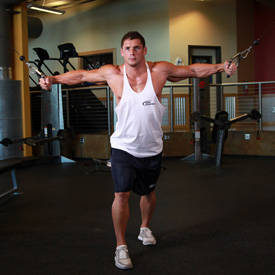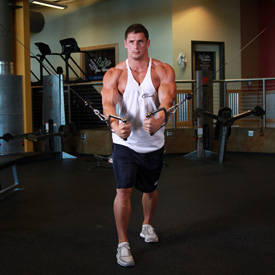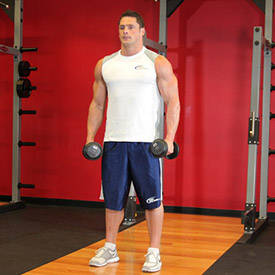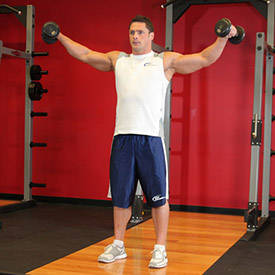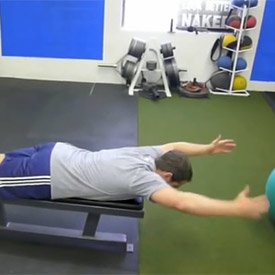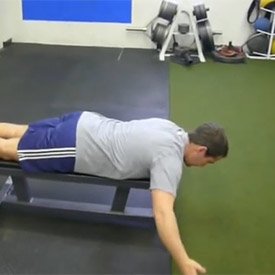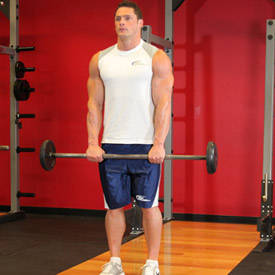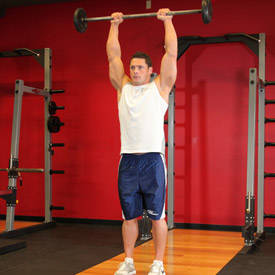Ask The Siege: What Is The Best Way To Train Chest?
Ask The Siege: What Is The Best Way To Train Chest?
Chest-day marathon got you down? The Siege's twice-per-week plan is exactly what you need!
Q : I bought an expensive online plan that has me training chest once a week for two hours. But the growth doesn't match up. What gives?
I'm so tired of reading the same baloney articles and e-books by
people who have no business writing them. All of a sudden, every person
with an Instagram account is an online trainer. The punk who finished
15th at the Boondock Classic wants to charge you for a plan to achieve
his glorious physique? Come on.
Even worse, what you're getting for your $69 "Gold Membership" isn't
anything new. It's the same old split, only with longer, more pointless
workouts! Until you retire and start living in the gym, this just isn't
going to work. And even then, there's a better way.
If a bigger chest is your priority, act like it! Train that muscle group more often,
not just more intensely. Don't worry, you won't need to carve out
another two-hour block in your social calendar, either. Intense and
short is the way to go. Here's how to do it.
Twice a Week for Twice the Gains
Training our muscles causes soreness and fatigue—stop me if you've
heard this one before. This soreness usually lasts significantly longer
in untrained individuals, but if you're someone who trains on a regular
basis, you should feel pretty recovered after about 48 hours.
Most of us recover within 48-72 hours after training, but we don't
hit chest again until Monday rolls back around. So, why do we wait so
long between chest sessions? I have a better idea. How about we train
chest again 72 hours after our first session?

By incorporating a chest day into your routine, you're essentially
increasing the number of your chest workouts from 52 sessions per year
to 104. Sounds like a lot of gains to me.
I can already hear the keyboard ninja typing in his mom's basement:
"That's impossible! You have to be on steroids to recover like that!"
No, you don't. You just need to plan your training and nutrition
properly. If you can't properly recover from a training session in 72
hours, you are training incorrectly. I'm 100 percent certain that
benching for quality reps twice per week will be more beneficial than a
two-hour chest marathon once per week.
Think of it this way: By incorporating a chest day into your
routine, you're essentially increasing the number of your chest workouts
from 52 sessions per year to 104. Sounds like a lot of gains to me.
One Hardcore Day, One Tempo Day
One nice thing about a weekly chest day is that you can try to push
monster weights every time you train. That doesn't apply here. You
simply shouldn't train as heavy as possible twice per week. Even
real-deal powerlifters alternate their training.
The trick to training a body part twice per week is to concentrate
on moving heavy poundage for fewer reps on one day, and spend more time
under tension with less weight on the other day. The workouts are still
plenty intense, just in a different way.

The trick to training a body part twice per week is to concentrate on
moving heavy poundage for fewer reps on one day, and spend more time
under tension with less weight on the other day.
On the days I use lighter weight, I like to lift with tempo. That
means I slow the lift down and control it from every aspect. Tempo
training is usually expressed in three numbers: 3:0:1, for example.
So if you're doing the bench press, take three seconds to lower the
weight, don't pause at the bottom (zero seconds), and then explode up
for one second. I also like to combine accessory muscles with major
muscle groups to keep the workouts intense and short.
The Siege's "Light Day" Chest and Shoulder Workout
I use this workout on my lighter chest-and-shoulder day. The goals
of this workout are tempo and time under tension (TUT). I utilize tempo
and dropsets or giant sets to increase TUT.
This workout will be brutal, but it will not be so taxing that
you'll need an extra-long recovery period. Every lift should be done
with submaximal weight.
"Light Day" Chest and Shoulders
Chest
1
Bench Press, 3:2:1 tempo
2 warm-up sets, 3 working sets of 5 reps
2
Reverse-Grip Incline Dumbbell Press
3 sets of 8 reps (80 percent of 1RM)
3
Guillotine bench press, 2:1:1 tempo
3 sets of 12 repsSuperset
4
Reverse-grip low-to-high incline fly
3 sets of 12, 8, 8 repsSvend Press
1 set of 3 repsTriset
5
High Cable Cross-over
2 sets of 12 repsMedium Cable Cross-over
2 sets of 12 repsLow Cable Cross-over
2 sets of 12 repsShoulders
6
Dumbbell Bench Press
4 sets of 12, 8, 8, 8 reps
7
Lateral Raise
2 sets of 40 reps (elevator sets of 10 reps up the rack)Triset
8
Dumbbell rear-delt Y (shown w/out weight)
2 sets of 12 repsDumbbell rear-delt T
2 sets of 12 repsDumbbell rear-delt W
2 sets of 12 reps
9

